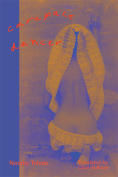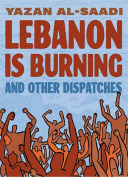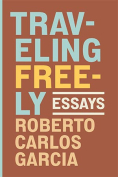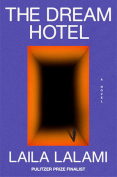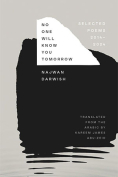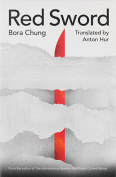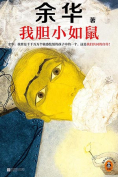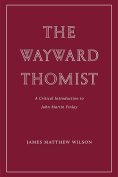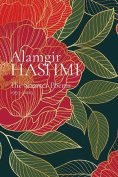Carapace Dancer: Spanish and Didxazá (Isthmus Zapotec) Poems by Natalia Toledo
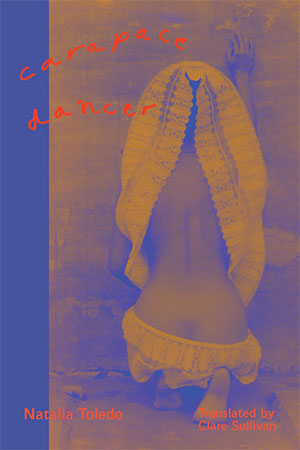
Dallas. Phoneme Media. 2025. 162 pages.
In its trilingual presentation, Mexican author Natalia Toledo’s Carapace Dancer (El dorso del cangrejo / Deche bitoope) delves into themes of identity, reality, love, loss, and the continuity of Indigenous beliefs. Toledo was born in Juchitán de Zaragoza, in the state of Oaxaca, an Indigenous community where Isthmus Zapotec (Didxazá) is spoken and cultural beliefs and traditions are preserved. She writes in both Isthmus Zapotec and Spanish, translated here by Clare Sullivan. The title in English refers to the traditional image of a Juchiteca woman dancing in skirts and huipil on the back of a crab.
Toledo writes bilingual versions and celebrates the survival of the language and culture, although poverty, oppression, and exploitation still occur. In “El camino del vidente / Xnez ni ruuya’do’ / A Seer’s Path,” the narrator expresses an intense desire not to be forgotten and also not to forget the traditions and beliefs associated with marriage, weddings, and invoking spirits and nature. There is an echo of magical realism: “I hung . . . a salt-caked shirt / from my uncle who left mermaids pregnant.”
Toledo’s poetics emphasizes the body’s connection to nature, including the stars, sun, breeze, lakes, and ocean and Oaxacan species of animals, flowers, and trees. In “Lagartera / Lídxi be’ñé / Alligator’s Home,” the alligator “whacks his tail to plunge us into / our game foreboding pain.”
To maintain the connection with her Isthmus Zapotec culture is not without pain, however. In the second section of the book, the narrator suffers when she leaves the “land of flowers” to a world where she is forced to immerse herself in a culture of alienation, including rigid Catholic traditions. In “Valle de Bravo Convent 2 / Lidxi yu’du’ Valle de Bravo 2 / Convento del Valle de Bravo 2,” the narrator reflects on being in a convent, where “my new family and I / speak the language of loneliness.” When she is asked to speak, as a protective defense (echoing the concept of a carapace) she responds with her own subversively whimsical coded language (which is, one notes, Pig Latin).
The pain of longing for a person—which metaphorically could also relate to the past and her cultural identity—is found in “Dolor Tonto / Yuuba’ huati / Foolish Pain.” There is a sensual shape-shifting in “It is true my skin wanted you,” and the object of her desire is at once “a seedless flower” and “an insect dragged along the bottom of the world.”
The Spanish-speaking reader will notice that this is not a literal translation from the Spanish, but, as Sullivan explains, word choices were made to capture the meaning of the Isthmus Zapotec versions of the poems. In doing so, the translation preserves a sense of cultural and linguistic difference and does not fall into the trap of “domestication.” The collection is fascinating, and it encourages the reader to reread all the versions of the poems. (Editorial note: Visit worldlit.org to hear Toledo read two Didxazá versions of her poems. Sullivan’s essay on “The State of Zapotec Poetry” appeared in the January 2012 issue.)
Susan Smith Nash
University of Oklahoma








